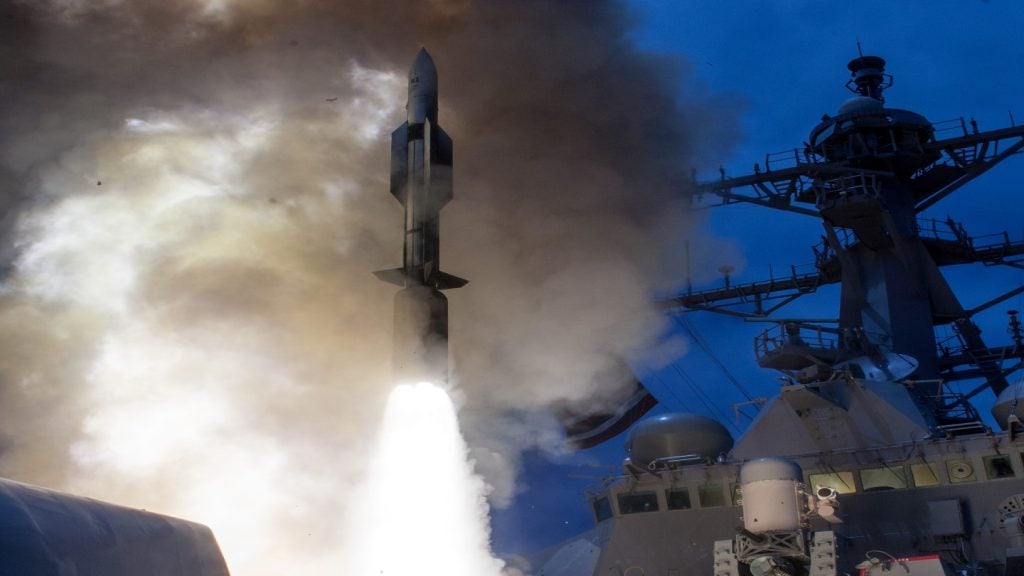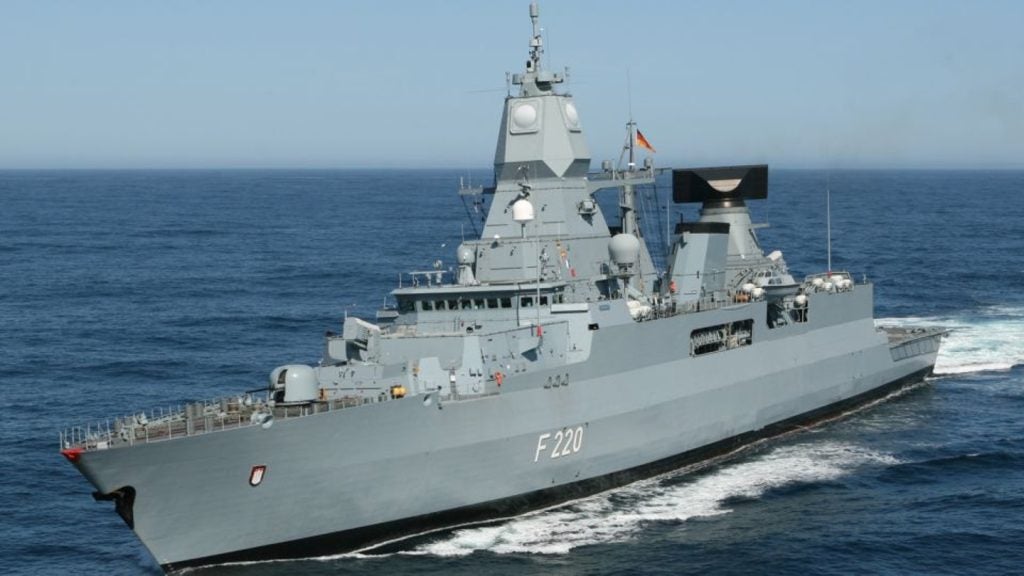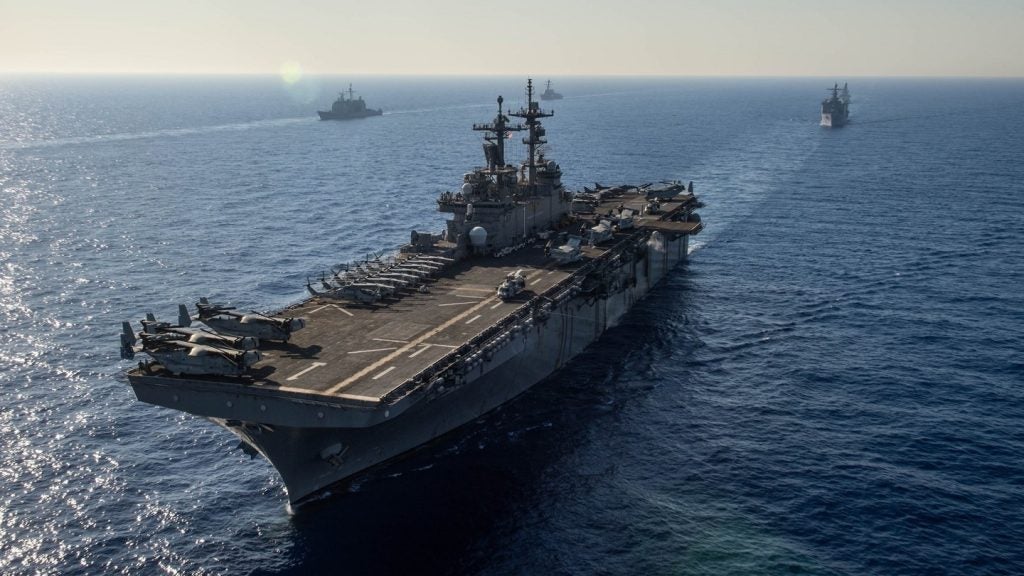The US Navy and Raytheon have successfully completed a critical design review (CDR) of the next generation AN / SPY-6(V) air and missile defence radar (AMDR).
The review saw the assessment of all technical aspects of the programme, ranging from hardware specifications, software development, risk mitigation and producibility analysis, to programme management, test and evaluation schedules, and cost assessments.
Raytheon said that the review confirmed its design and technologies as mature, producible, and low risk.
Raytheon Integrated Defense Systems Seapower Capability Systems business area vice-president Kevin Peppe said: "This successful milestone is the culmination of our team’s unwavering focus on continuous technology maturity, risk mitigation and cost reduction throughout all phases of development.
"With customer validation in hand, we will now advance production, driving toward the ultimate, and timely, delivery of this highly capable and much-needed integrated air and missile defence radar capability to the DDG 51 Flight III destroyer."
Raytheon has completed 40% of the programme, which is currently undergoing the engineering and manufacturing development (EMD) phase.
How well do you really know your competitors?
Access the most comprehensive Company Profiles on the market, powered by GlobalData. Save hours of research. Gain competitive edge.

Thank you!
Your download email will arrive shortly
Not ready to buy yet? Download a free sample
We are confident about the unique quality of our Company Profiles. However, we want you to make the most beneficial decision for your business, so we offer a free sample that you can download by submitting the below form
By GlobalDataThe company implemented an agile development and management methodology for AMDR that supports the ongoing hardware and software design verification, technology maturity, producibility, and risk-reduction imperatives.
The AN / SPY-6(V) AMDR improves the vessel’s ability to detect air and surface targets as well as the ever-proliferating ballistic missile threats.
It offers better detection ranges and improved discrimination accuracy when compared to the AN / SPY-1D(V) radar onboard today’s destroyers.
The system is scheduled to be deployed on the DDG-51 Flight III destroyer in 2016.







